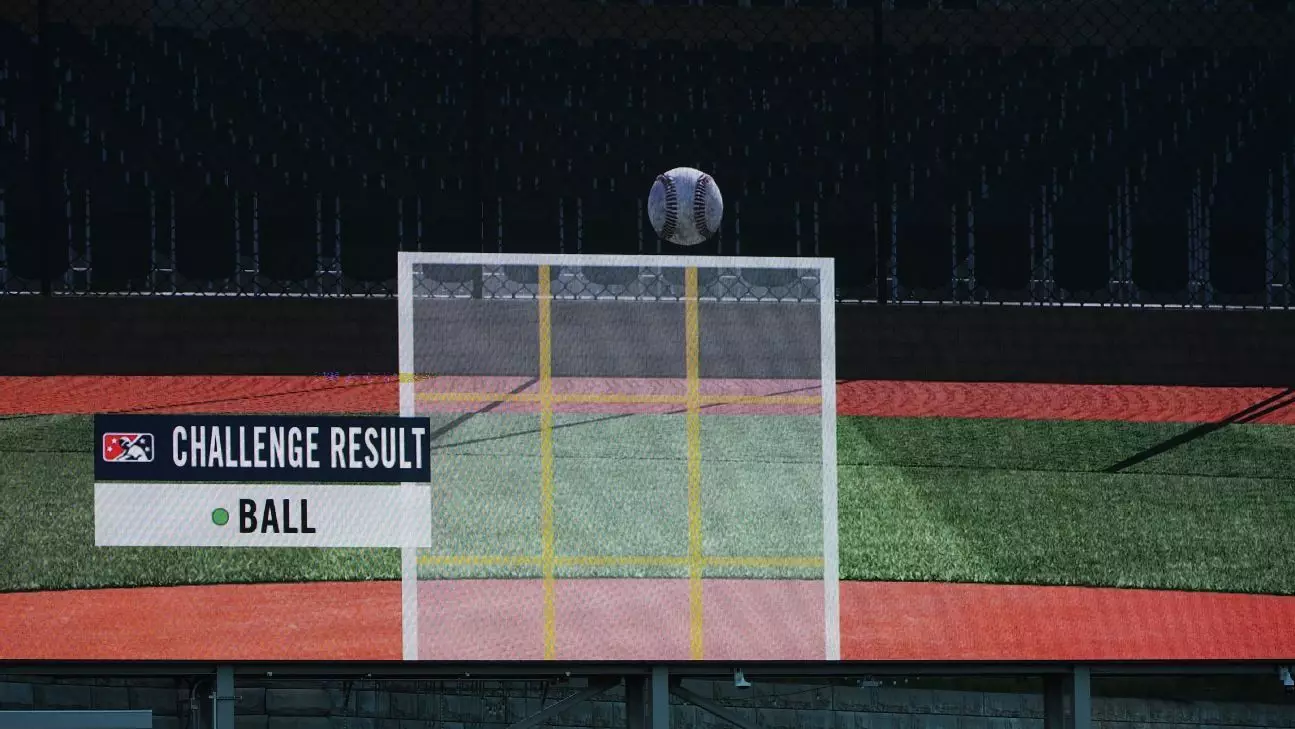As Major League Baseball (MLB) continues to embrace technology, the introduction of an automated ball-strike (ABS) challenge system represents a significant leap into the future of the game. This initiative aims to enhance the accuracy of calls while maintaining the integrity of the sport. Throughout the current spring training season, 13 stadiums across both the Cactus and Grapefruit Leagues will pilot this innovative challenge mechanism, paving the way for its potential integration into regular-season play, though not until at least 2026.
This marks the first foray into testing the ABS at the major league level after numerous trials in the minor leagues. The long gestation period for this technology underscores the complexity of baseball, a sport deeply rooted in tradition, yet increasingly open to evolution.
The implementation of the ABS challenge system is systematic and player-centric, designed to preserve the flow of the game while minimizing disruptions. Each team is allotted two challenges per game, and importantly, teams will not lose a challenge if it is successful. Such a structure encourages players to employ the challenge liberally, which could lead to a more dynamic and engaging game atmosphere.
Only players directly involved in the play — the batter, catcher, or pitcher — can initiate a challenge, necessitating quick and decisive action. The challenge must be signaled immediately following the umpire’s call. A simple tap to the hat or helmet will suffice, demonstrating how the implementation harmonizes with the natural rhythm of the game. Furthermore, results are promptly communicated via the scoreboard and broadcast, ensuring that fans remain informed in real-time about overturned calls, which adds a layer of excitement and transparency.
In terms of logistics, the ABS challenge system is being utilized in five dual-team stadiums located in Arizona, including venues of well-known franchises such as the Seattle Mariners and San Diego Padres. Similarly, eight teams in Florida, including the New York Yankees and Philadelphia Phillies, are participating in this testing phase. Across all games in these stadiums, the challenge system is fully operational, creating a unique opportunity to gather substantial data that will influence the system’s future integration into high-stakes games.
This widespread testing is crucial in illustrating the potential effects of the ABS system on the game and its stakeholders — players, coaches, and fans alike. With comprehensive data collection planned throughout the spring training schedule, league officials intend to analyze the merits and viability of the technology comprehensively.
An insightful aspect of this experiment is the MLB’s understanding of the game’s nuances. After years of using automated systems in the minor leagues, the league discovered that both players and spectators favored a challenge system over full automation. By implementing a challenge framework, the league seeks to strike a balance between technology and the traditional elements that define baseball — notably, the strategies employed in pitch framing by catchers.
Challenges reportedly take an average of 17 seconds to conclude, suggesting that the disruption to gameplay could be minimal. Minor league data indicate that around 50% of challenges resulted in overturned calls, with an average of nearly four challenges per game. This demonstrates the potential for a significant impact on strategic decision-making and gameplay dynamics.
As the spring converges toward its conclusion, the assessment of the ABS challenge system will culminate in an evaluation process led by the league’s competition committee. This committee will analyze data collected throughout the spring, engage with players and umpires for qualitative insights, and consider the outcomes of the forthcoming Triple-A season.
The outcomes of this comprehensive evaluation will decisively shape the future of the ABS challenge system in Major League Baseball — a system that symbolizes a modern twist on a classic game, preserving human involvement while harnessing the power of technology. The real test will emerge during the highly anticipated exhibition game between the Dodgers and Cubs at Camelback Ranch, which will serve as a litmus test for the integration of this innovative challenge system into baseball’s storied narrative.
As fans and players alike await the results, one thing remains clear: Major League Baseball is committed to evolving while respecting its rich heritage, a balancing act that will certainly define its trajectory in the coming years.


Leave a Reply